pointe-of-no-return
102 posts
Latest Posts by pointe-of-no-return






• Evening dress.
Date: ca. 1910
Medium: Satin, chiffon, soutache, braid.

Comme des Garçons SS/2020.

Maison Margiela SS/2020.

Mariko Kusumoto
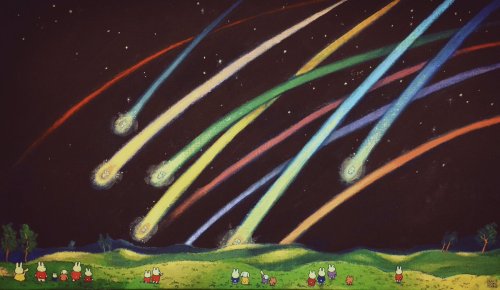
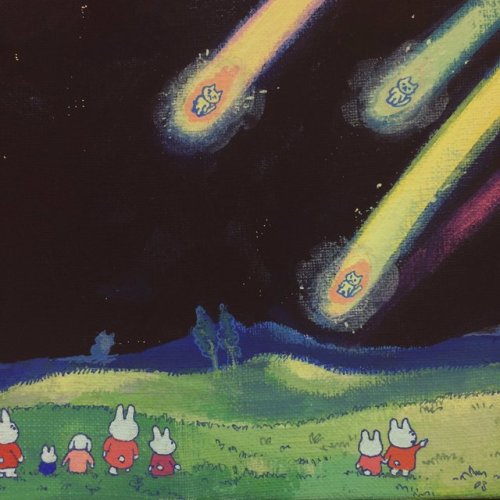
猫の群れが降った

Have and Have Not (2006) Crystal Schenk Steel, Stained Glass, Wood, Fabric 40 x 24 x 40 inches



Ico Parisi inspired contemporary sofa
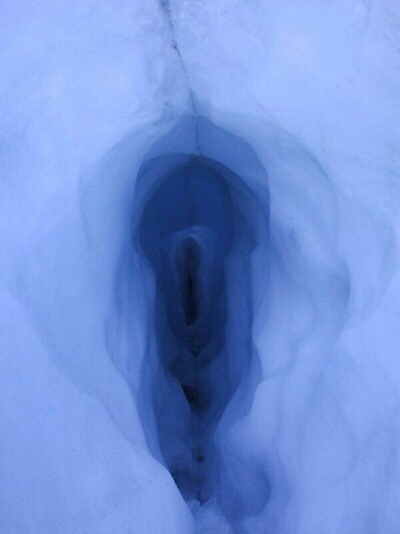
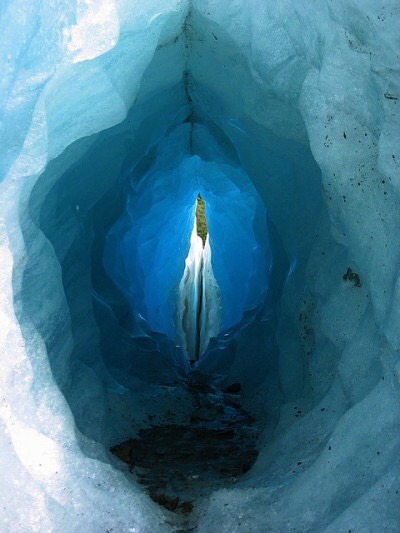
“Ice Cave” by Georgia O’Keeffe and a photograph of an ice cave.

Diable #diable #demon #creature #creaturedesign #ink #traditionalart #inkdrawing https://www.instagram.com/p/BtGrvFKh2cm/?utm_source=ig_tumblr_share&igshid=l2397cn7fzf7

Edward Eggleston (1837-1902) - Reaching for the Moon
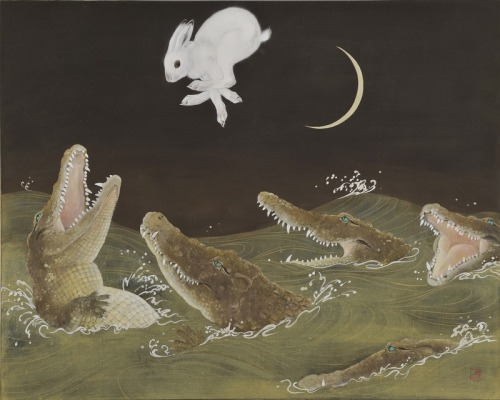
Nishino Yoichi 西野陽一 (1954 - ).

_son50_
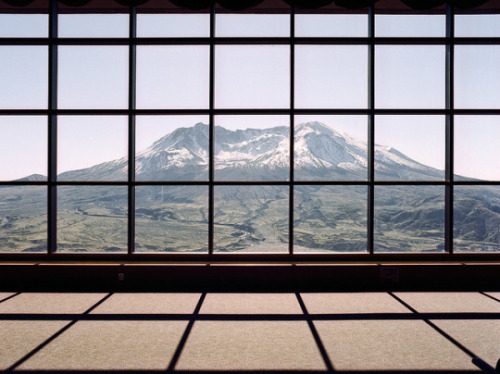






Black Dog, Elsa Stubbé

GILLES DE RUELLAN, Le jardin-labyrinthe, Château de La Ballue, Bretagne, France, 1620-1705

There’s something about the way spiders move that many of us find inherently creepy. And that something, it turns out, is fluid dynamical. Unlike humans and other vertebrates, spiders don’t move using two sets of opposing muscles. The natural state of their multi-jointed legs causes them to flex inward. This is why dead spiders have their legs all curled up.
To walk, spiders use hydraulic pressure. They pump a fluid called hemolymph into their legs to force them to straighten. If you look closely, you’ll notice that spiders’ legs always connect to the front section of their body. This is called the cephalothorax, and it acts like a sort of bellows that controls the pressure and flow of hemolymph. It moves the hemolymph around the spider’s body in a fraction of a second, allowing spiders to be quite fast, but something about the movement still feels off for those of us used to vertebrate motion. Happy Halloween, everyone! (Image credit: R. Miller, source; see also; submitted by jpshoer)
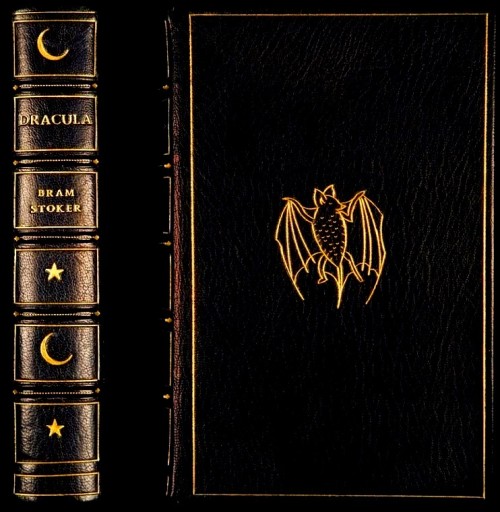


Before the show.
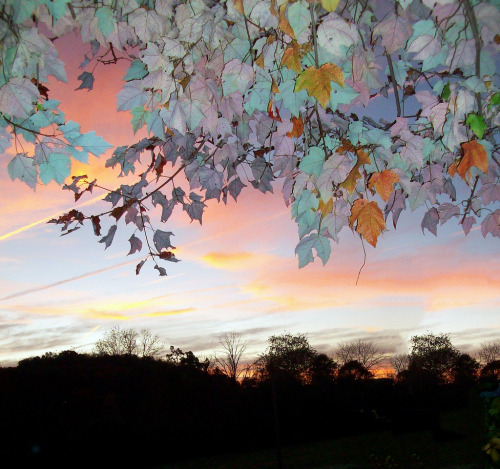

時間の量







Crops from one of the giant Heaven and Hell illustrations I did for Cards Against Humanity back in 2016. This is from the Heaven illustration. The full thing is 1 foot by 6 foot at intended viewing size. The intended style was a sort of Bosch meets where’s waldo.


Patricia Treib

Joan Mitchell
Untitled, 1967
Colored pencil and watercolor on paper

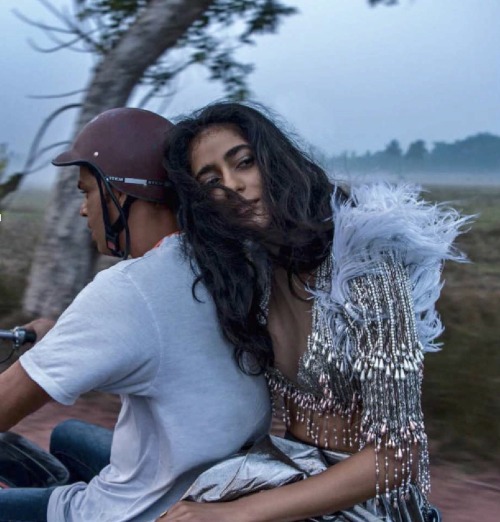
“mercury rising” by hashim badani for vogue italy june ‘18

@oluseye

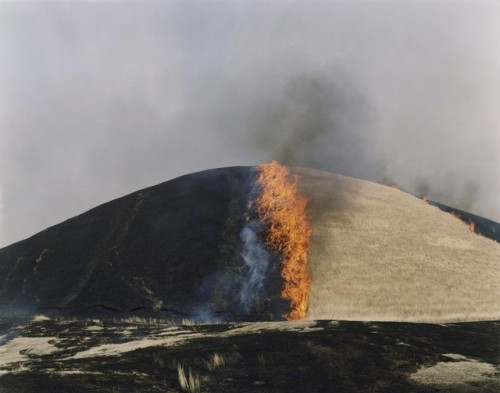
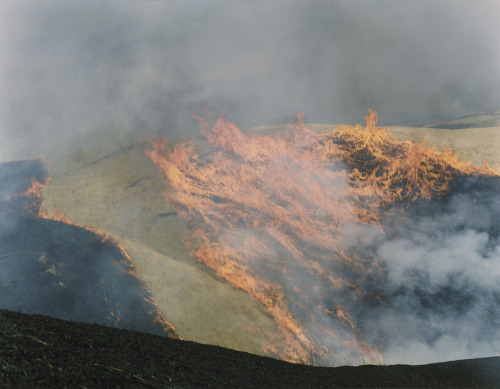
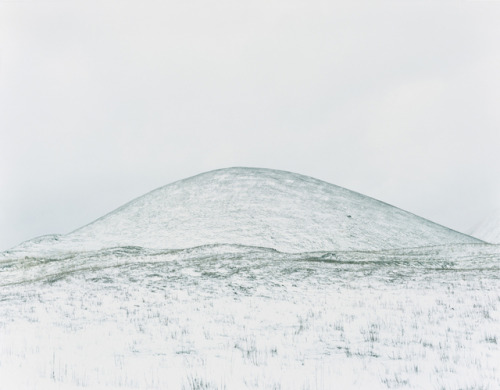

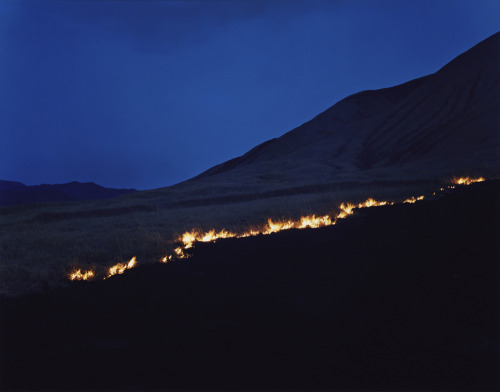

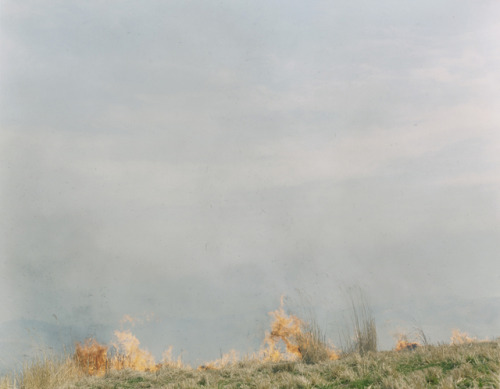
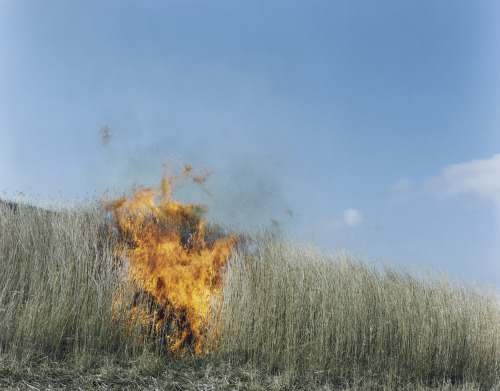
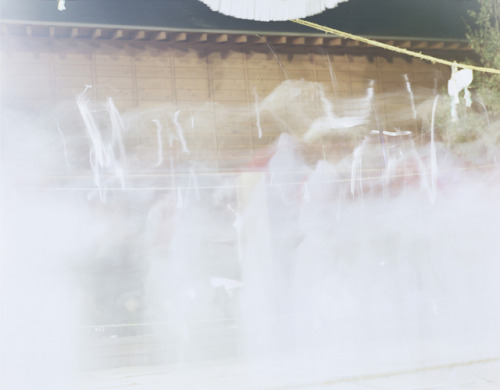

Rinko Kawauchi, Ametsuchi series (2012-2013)
What inspired me was a dream I had one day. It was of scenery so amazingly beautiful that it made me almost scared. I woke up thinking how beautiful it was. I wasn’t sure if that location really existed, but if it did, I wanted to visit it. About six months later, I saw what I saw in my dream on TV. The location did exist. I found out that was I saw was called noyaki. It is the practice of protecting a grassland by burning a field. It has been done for about thirteen hundred years. Without noyaki, a field would turn into woods. Beautiful grassland cannot be maintained without burning the field once a year. What amazes me is that it doesn’t happen naturally but is maintained by human intervention. I am very much interested in the flow and cycle of human practices. It is not only the theme for Ametsuchi but also a foundation of all my work.